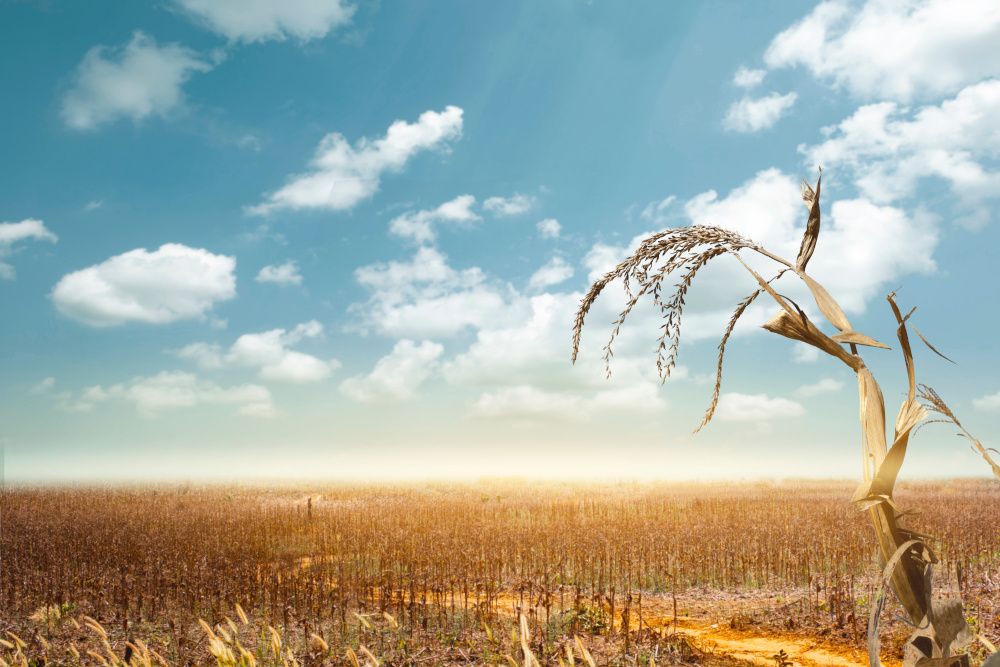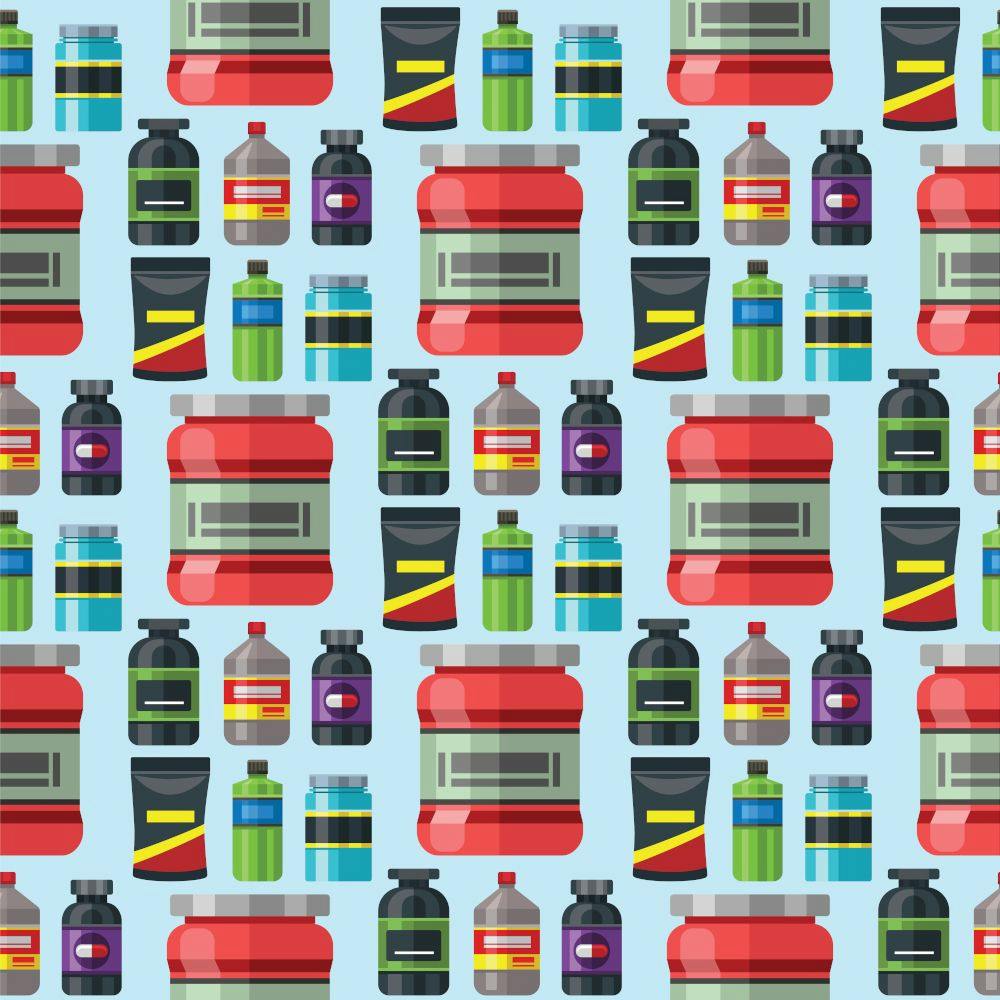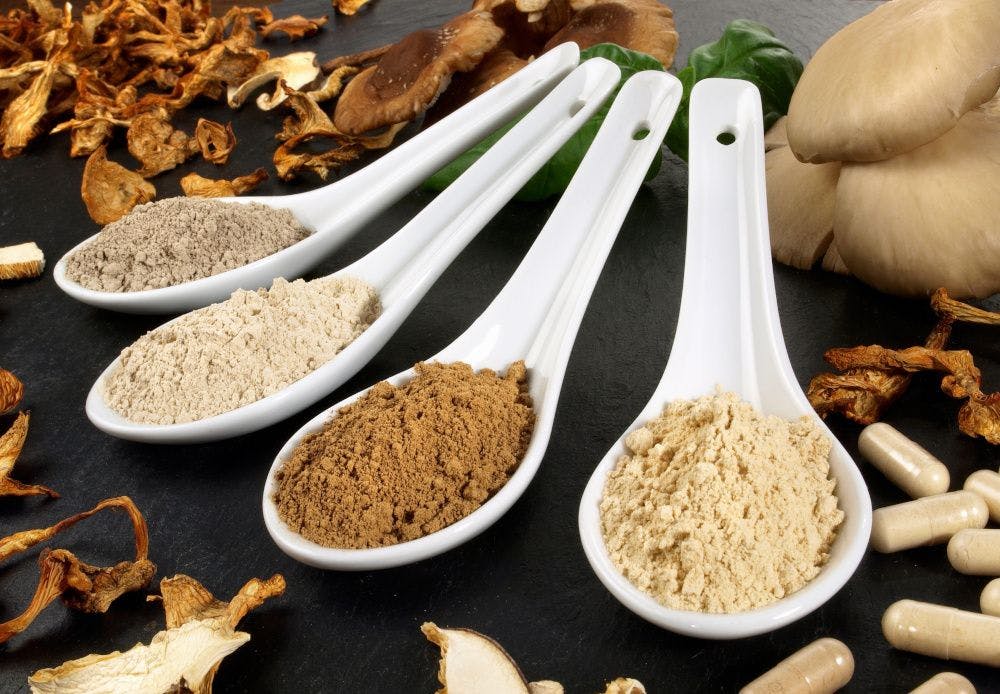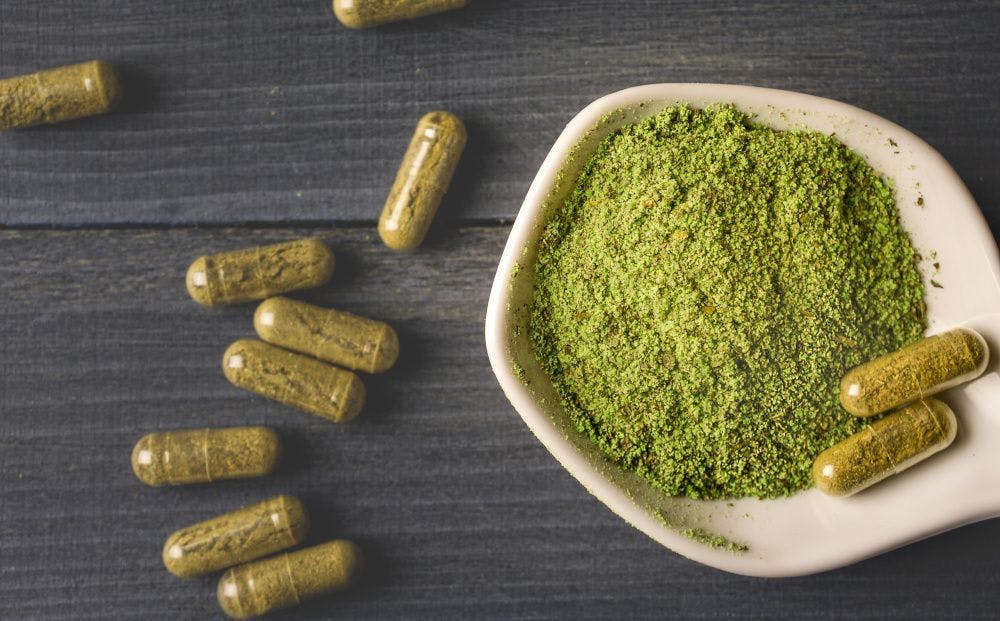Will climate change hurt the botanicals industry? It already is.
At AHPA’s 10th Botanical Congress, botanical industry stakeholders described the impacts of climate change on the botanical and herbal supply chain.
People who make and sell—or who simply love and buy—herbal supplements should be informed of the impact climate change is having on these products. Shifting weather patterns due to global warming are already hurting the agriculture of herbal and botanical ingredients. The problem will only get worse.
It’s highly likely that in the future, the availability and quality of herbal raw materials will continue to decline thanks to the negative effects of climate change. During the 10th Botanical Congress, “Botanicals & Planet Earth, 2022,” presented virtually by the American Herbal Products Association (AHPA; Silver Spring, MD) this week, a panel of botanical industry stakeholders described the impacts they’re seeing in their line of work—and the steps they believe should be taken before the damage gets worse
Real World
During the first session of the Botanical Congress on August 16th titled “Climate Change Is Real: Case Studies on How the Environment Is Impacting Your Herb Supply,” industry speakers provided real-world examples of specific herbal plants whose supply chains are already worsening due to climate change.
First, speaker Cindy Angerhofer, executive director of botanical research at beauty brand Aveda, outlined climate change’s effects on supplies of coconut oil, which Aveda and people around the world use not only as food but as an active ingredient in skincare and haircare products. An increase in severe storms caused by climate change is damaging coastal regions like India, Indonesia, and the Philippines, where 75% of global coconut oil supply originates, Angerhofer explained. “We’re seeing that the extreme weather events are affecting the main production areas for coconut,” she said.
Angerhofer described another supply risk Aveda is seeing with tamanu nuts from Vanuatu. The oil from these nuts is an important active ingredient for Aveda. Unfortunately, a growing number cyclones and flooding attributed to climate change is impairing supplies of tamanu nuts from Vanuatu. In this case, the disruption isn’t from damage caused to the tamanu trees; rather, it’s due to the “hits to infrastructure” in the region impeding the community’s ability to ship product out. In addition, Angerhofer explained, Aveda uses certified-organic tamanu oil. However, organic certifier “Eco-Cert can’t get in to certify the material organic because the borders [in Vanuatu] have been closed. So that has an impact, potential impact, on quality and claims around organic tamanu oil.”
Another speaker at the event, Nate Brennan, purchasing and sales manager at Pacific Botanicals (Grants Pass, OR), discussed the impacts of climate change on valerian.
One of the big challenges his company is experiencing on its botanical farm is extended periods of hot temperatures. “What we’ve been seeing for the past eight to 10 years or so, on top of the drought that we’ve been experiencing in the West, is a shift in our weather patterns,” Brennan said. “The intense heat of summer is showing up about a month earlier, causing the plants to go under more stress earlier on in their growing cycles.”
This hurts crop yield. Brennan painted a picture of the decline: “In 2018, our yield-per-acre harvest was 2100 lb/acre. In 2019, we had to revise that down to 1500 lb/acre. And in 2020, we had to revise that further down to 1300 lb/acre. So, as you can see, in two to three years we’ve lost about 800 lb/acre of dried material.” Pacific Botanicals isn’t alone. Brennan said other farms in the Northwest are “experiencing similar decreases in yields.”
In addition to growing its own crops, Pacific Botanicals works with collectors. These collectors are seeing environmental changes to plants like sea vegetables grown in regions like Canada. Said Brennan, “Our collectors have been having issues for the past few years with warming ocean temperatures around the area [and] increased hurricane activity and storm activity, which puts a lot of pressure on…sea vegetables that are collected. It limits the opportunities for our collectors to actually go out and harvest the seaweed.”
The event’s third speaker, Rachel Doty, supplier verification and supply chain manager for Meridian Trading Co. (Boulder, CO), discussed climate change’s impact on “shifting weather patterns and predictability” that is challenging her company’s ability to source chamomile. Meridian Trading specializes in supplying herbal ingredients for the tea industry.
“Not only are we seeing bigger, stronger, and more frequent storms…we’re seeing a lot of unusually hot or cold spells out of season,” Doty said. “We’re seeing drought during what should typically be the rainy season. Essentially, the patterns we’ve become used to are no longer reliable.”
Meridian Trading gets its chamomile plants mainly from Mexico and Egypt. In Mexico, Doty reported, “the primary issue we’re seeing is that we’re receiving less rain in the early times of the season, while the crop is establishing, and then we’re seeing more rain after harvest when we’re trying to dry that crop down.”
Due to less rain during the growing season, the plants have become smaller, impacting yield. Not only that, in Mexico farmers typically pile harvested crop in the fields to dry. But longer rainy periods cause safety risks. “From a microbiological standpoint, it is less than ideal to be getting the crop wet and then dry, and then wet and then dry [again],” she explained.
Meanwhile, in Egypt, where Meridian also sources chamomile, longer hot spells are hurting crops. “The chamomile doesn’t like [high heat], and it’s been causing a lot of stunted plants,” Doty said. She noted that yields have declined 40% in some years.
The last speaker, Jan von Enden, head of group sustainability, supply chains, at botanicals supplier MartinBauer Group (Germany), talked about challenges his company is experiencing with lemon verbena.
Farmers are having difficulty growing lemon verbena due to climate and weather changes. “It has been so dry and so hot that the plant actually burns,” von Enden said. “They have to replant the entire plants.”
Given these obstacles, farmers are now prioritizing planting commodity crops like corn over struggling specialty plants like lemon verbena. “It’s a very clear livelihood strategy,” von Enden explained. “They now put their families first. They need to produce food because they cannot have any income from verbena anymore.” This further shortens available supply of the ingredient.
He added that climate change is causing another problem: “Now, with more dry weather, you get totally new pests and diseases attacking your crop.”
Risk to Supply Chains
All this means that some of the botanical ingredients the dietary supplement and other industries rely on will become harder to obtain. Ingredient suppliers might no longer be able to assure CPG clients of uninterrupted supply, or the same quality of supply.
You can expect ingredient prices to increase, too. For instance, said Brennan, even as the valerian crops decrease due to climate change, “At the same time, valerian and these kinds of de-stressor herbs are becoming more and more popular—which is putting a higher demand on the limited crops that are actually being produced. This forces the prices to be raised because there’s higher demand on the crops.”
Unlike synthesized vitamins or other ingredients whose production can increase as needed, herbals are limited by what’s grown in a growing season. Said Brennan about agricultural crops, especially cultivated ones, “You can’t just plant more in, say, August, if you’re having a bad year, because there is only a limited planting window for the crops to be put into the ground. If you miss that, you have to move production on to the next year. So, if a finished-product maker is looking to come up with a new product in August, they may have a very difficult time finding valerian root or other crops because they’re not in line with the growing cycle and the harvest cycles at the time.”
These risks make it harder for everyone in business to plan. It’s happening already, Brennan said.
“Some of the consequences that we see for the diminished yields [is that] we’re selling out of material faster. So what I think would be a year’s supply of material—we’re only getting in a third of the year’s supply. What that does is, we have to kind of dole out our inventory to as many customers as we can because we do have historical commitments for our customers, and so we want to be sure we’ll be able to spread the material around as much as possible. Unfortunately, that has negative impacts down the line for the finished-product makers.”
Changes in Quality
Ingredient quality can also suffer. Due to climate change, the botanical ingredients a finished-product manufacturer ends up with in the future might be of a very different quality or character than what it’s used to getting today.
For instance, said Doty, the impact of climate change on the chamomile grown in Mexico—including the longer rains during drying season—is having one very crucial consequence.
“More importantly, or just as importantly, for tea and quality, it’s impacting flavor,” she said. “The Mexican chamomile is treasured for its floral sweet flavors. With what’s going on now, and during the harvest time, we’re getting more earthy flavors. The chamomile pollen that comes of—this is a major component of tea by cup standards—is a lot darker, so the liquid in the cup is also a lot darker, which is not ideal because one of the main things about chamomile is it has this golden, beautiful color in the cup. So we’re having some problems with that as a major issue in Mexico right now.”
Given suffering valerian crops in Oregon, Brennan said that Pacific Botanicals has looked into sourcing valerian from overseas. But, he explained, “For us, it’s difficult because the constituencies are a bit different. The smell and the taste are unique to the Northwest here because of the soils and the air, so the material coming in from overseas just has a different flavor profile, a different smell profile—and we have difficult issues with passing my quality-control team.”
Brennan also outlined an important risk likely to arise due to trouble in the botanical supply chain caused by climate change—namely, that it “creates more opportunities for adulterants to enter the marketplace because more people are looking for that valerian for the smaller amount of material that’s actually being produced, which creates opportunities for people to create shortcuts and offer adulterants into the system.”
Farmer Support
While climate change and its effects can be an “inconvenience” for most of us, “for farmers, this can be a big problem and detrimental to their livelihood,” Doty said.
As MartinBauer’s von Enden pointed out earlier, farmers might turn their attention away from growing specialty crops in lieu of growing commodity crops—meaning that in the future, fewer farmers will grow the specialty plants that industries like the supplements and natural product industries need.
Said Meridian Trading’s Doty: “Something really important to keep in mind is that these products we’re talking about—these crops, these botanicals and herbs—these are specialty crops. As opposed to commodity crops like wheat or corn, specialty crops are grown on a much smaller scale and aren’t generally supported by decades of government or academic research to improve crop success. All crops, of course, are dependent on the weather and can be impacted by an unusually dry year or a particularly wet year, but specialty crops are, by their nature, much more sensitive and thus more problematic in a shifting climate.”
While companies who source botanicals from these farmers are doing what they can to help the farmers, that help is fragmented and also hampered by the fact that many of these farms are small operations without a lot of capital available to invest in improvements that could otherwise help them.
Suffering crops also have another impact on the farmers themselves. “When you know that [a] crop is going to yield half of what it used to, it means that in order to get that historical volume again, you’ll need to plant twice as much, digging up more of your fields,” Brennan explained. “We’re very dedicated to our soil health, and so what that does is it puts more fields into production rather than cover cropping, further uses the soils more, and also promotes a kind of loss of morale for our farm team because they’re having to deal with problematic crops throughout the season. No one likes to take care of a troubled crop throughout the year. Everyone wants to see bumper crops if they can.”
What Can Be Done?
If your company relies on the botanical supply chain, what should you do to mitigate the risks caused by climate change?
First, you need to anticipate the likelihood that climate change will eventually harm your supply chain if it hasn’t already begun doing so.
Active preemptively is key. In the case of Aveda, when the company realized early on the extreme risk climate change posed to regions such as Asia Pacific where it sources its coconut oil, the company joined the corporate collaborative Action for Sustainable Derivatives (ASD). “We weren’t having any significant gaps in obtaining coconut at that time, but the risks seemed very likely, and since you can’t improve the situation without knowing what’s going on on the ground, goal number one of ASD was to evaluate environmental and social issues related to coconut, and the focus was on the Philippines,” said Angerhofer.
Together, ASD is working with NGOs and entities like the World Bank and the World Wildlife Fund to devise actionable steps to help farmers deal with the fallout from climate change. This includes “improving the incomes and livelihoods of small holder farmers who are the backbone of the industry,” said Angerhofer, including arming these farmers with good agricultural practices and resources.
Supporting the farmers is, simply, critical. These are the people the industry will continue to rely on for raw material. “So really, it’s about working closely with the farmers and making sure they have our support even when the [harvest] year is not so good,” said Doty. Another solution her company is looking at is helping farmers invest in dehydration equipment. However, she pointed out, this “is not an inexpensive venture, and [chamomile] is not exactly a high-profitability crop, so we’re having some challenges with that.”
MartinBauer is also helping the farmers it works with by supporting farming communities. “We really need to look after the community health as well,” said von Enden. “Only if we have thriving communities, healthy communities, to be able to grow our crops will we be successful in the long term.” He added that it “is so important to understand what the livelihood strategies of farmers are when you want to secure your supply chains.”
Get information directly from the farmers and wild collectors as well, Doty advised. “Talk to them about what they need, because for me, the biggest issue is how do we continue to incentivize farmers to keep growing these specialty crops as the problems and the risks continue to increase. We rely upon them for our products to create our manufactured goods, so what do they need to keep on making that happen for us?”
Companies also need their own Plan B to deal with supply disruptions. Part of this means diversifying your supply chain as much as possible, not putting all your supply eggs in one basket, Doty said.
“One of the main things when we talk about risk in the supply chain, how we deal with it, is by having multiple origins,” said Doty. She added: “Recognize that this is not always possible and requires a certain degree of flexibility with the supply, but you still need to try to figure out how to be more open and flexible in order to mitigate the risks potentially happening.”
Closely evaluate your supply needs, Brennan advised. “Everyone needs to look at inventories a little closer, realize some items are just going to be more and more challenging into the future, and possibly look for alternatives for the products as well as developing new farms and new climates around the world,” he said.
“The first thing from a strategic standpoint is to understand your products,” Doty added. “What are you buying? What impacts them? What impacts the communities that are growing them?...If you don’t know, then you won’t know what you need to do to address any problems, or you won’t know what the potential problems might be.”
She concluded: “If your business relies upon plants, it’s important to consider the impact of climate change as a risk to your business. We’re seeing this risk increase as time goes by, and we really encourage you to assess your supply chains to understand which of your botanicals are most at risk. Work closely with your suppliers to help mitigate those risks and find solutions, such as diversifying your supply base into multiple origins.”
The bottom line is that all botanicals stakeholders need to work together to address the impacts of climate change to ensure the industry’s survival. Farmers and companies should be talking to each other to share best practices, expertise, and to plan “what’s going to be needed in order to help adapt to these changing climates that everyone’s facing,” Brennan said.
“It’s really important to look at climate change as a sector problem—and it’s really something pre-competitive,” said von Enden. “If we want to be active and continue our work in the long term in the botanicals sector, the herbal sector, we really need to work together, put our heads together, put intelligence together, and find solutions on adapting to these big challenges we are all facing.”
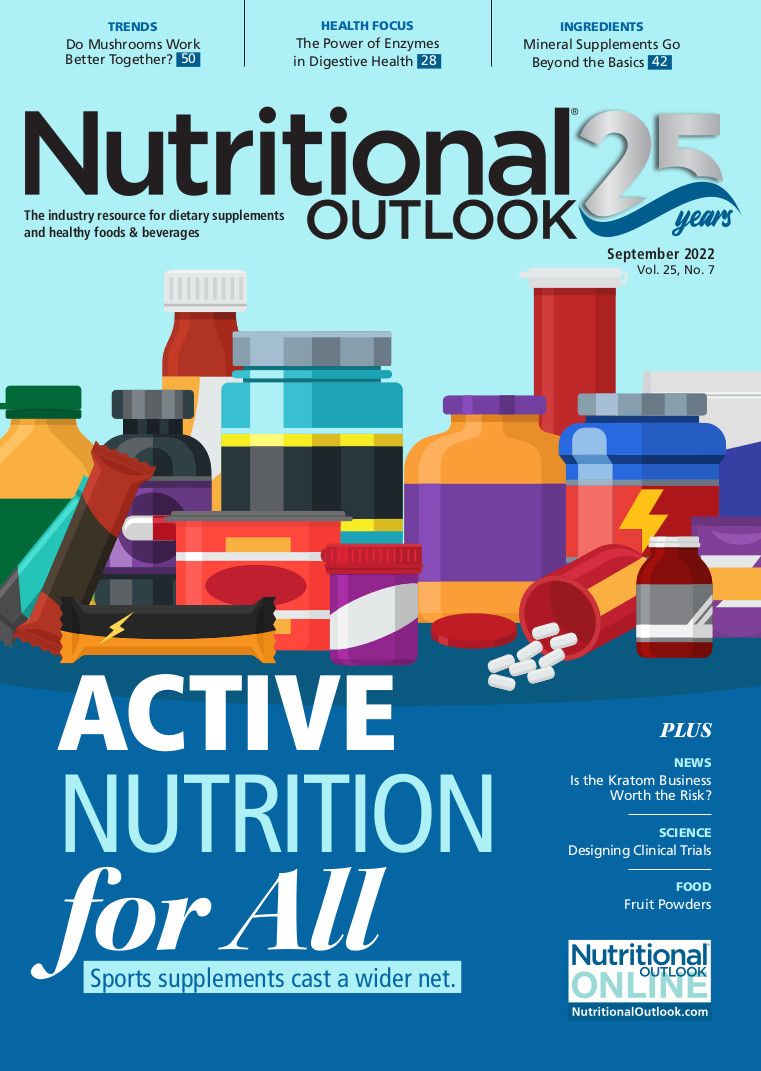
Prinova acquires Aplinova to further increase its footprint in Latin America
April 7th 2025Prinova has recently announced the acquisition of Brazilian ingredients distributor Aplinova, which is a provider of specialty ingredients for a range of market segments that include food, beverage, supplements, and personal care.


